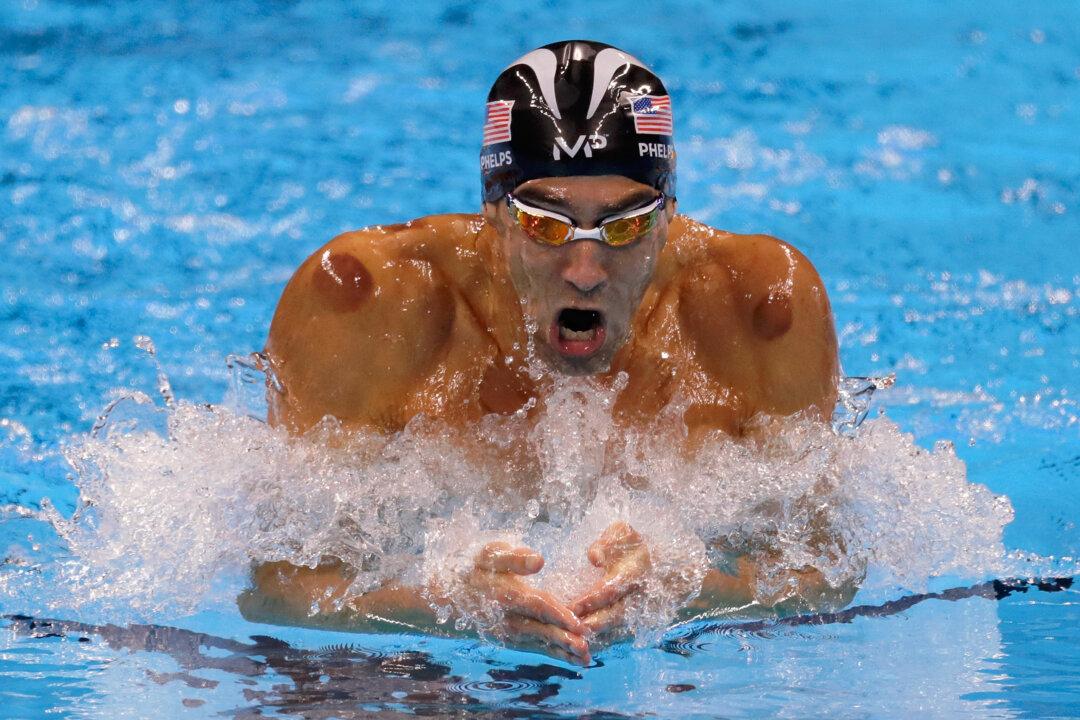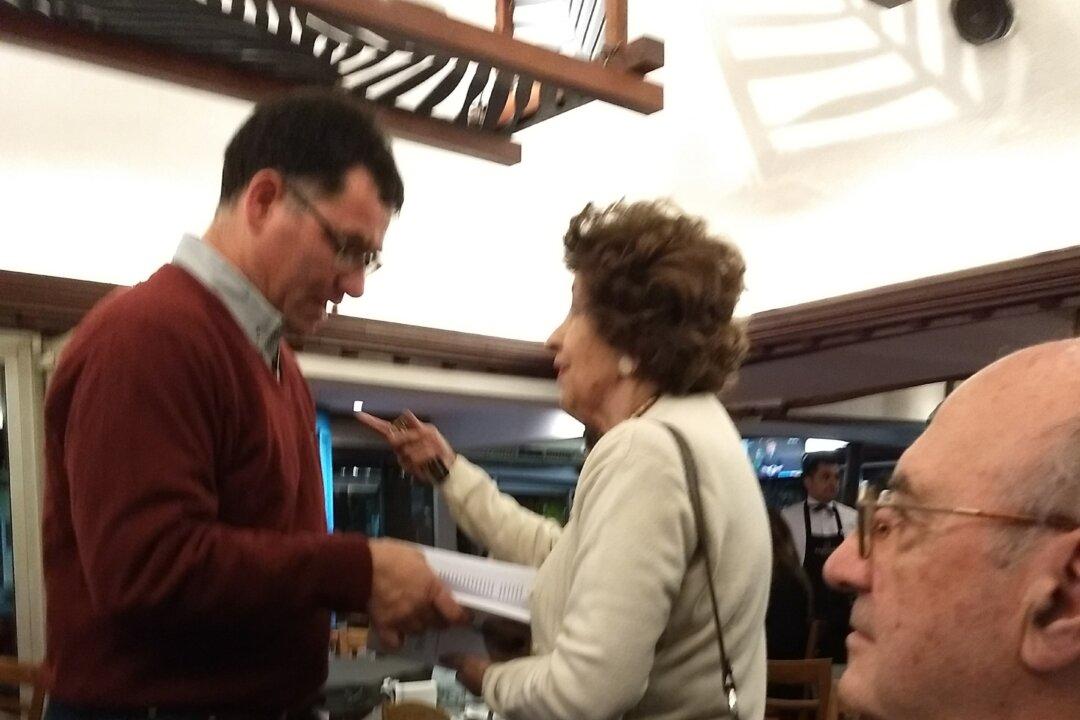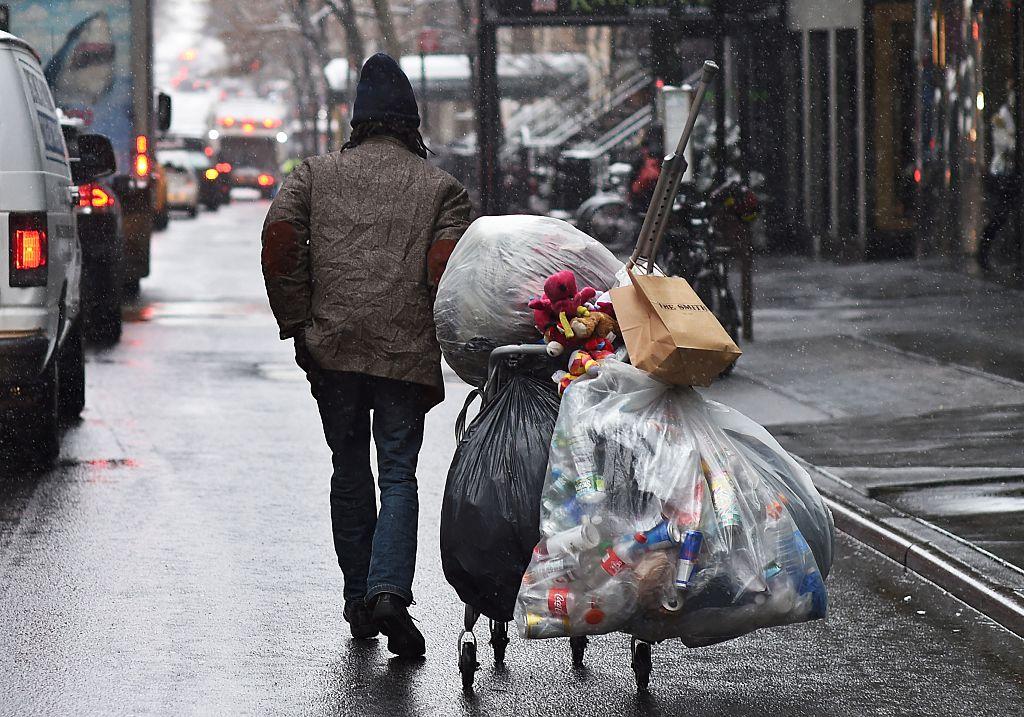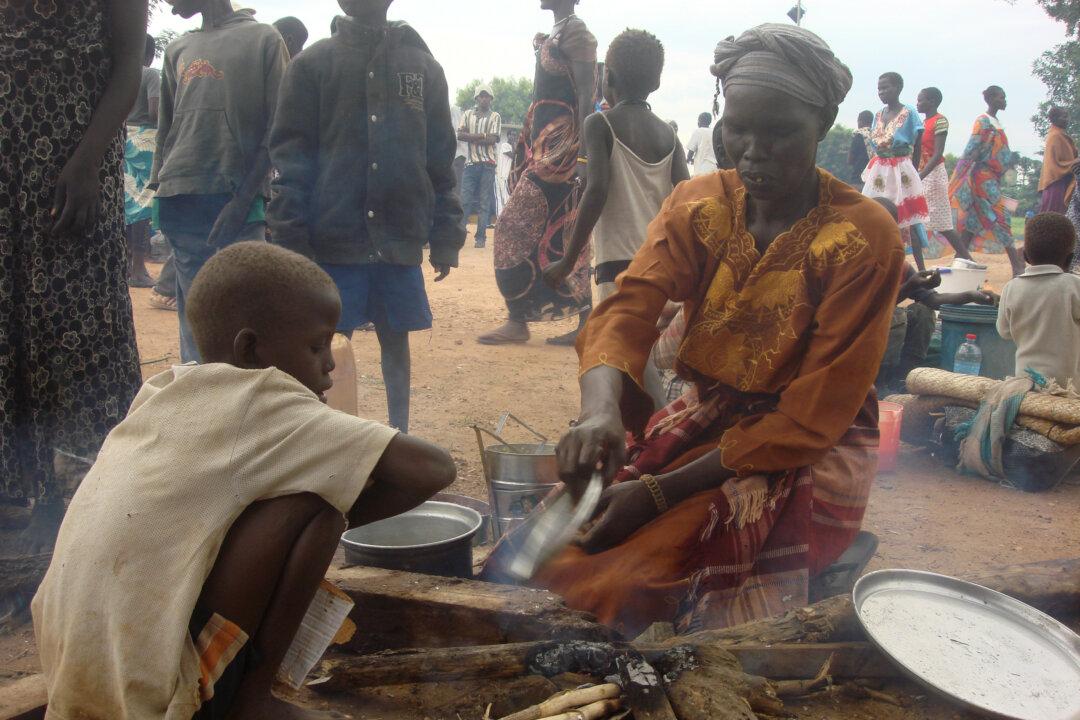Cupping is a form of therapy widely used in Traditional Chinese Medicine (TCM). It consists of creating a local suction on the skin using either heat (fire) or mechanical devices (hand or electrical pumps). It is believed this method draws out toxins, mobilizes blood flow, soothes muscle pain and, in some cases, helps cure insomnia.
At the Rio Olympic Games, American swimmer Michael Phelps caught everybody’s attention not only for his remarkable achievements, but also for some dark purple circles on his shoulders and back. They were the result of having undergone the “cupping” technique to relax his muscles before entering the races.
The Ebers Papyrus, written c. 1550 BC, considered one of the oldest medical textbooks in the Western world, describes how the Egyptians used cupping to help cure some frequent medical issues and how it was also used by Saharan peoples. Hippocrates, the famous Greek physician, used this technique c. 400 BC to treat internal disease and some structural problems.
Ge Hong (281-341 A.D.) who was a minor southern official during the Jin Dynasty was the first to use it in China. He was interested in alchemy, herbalism, and techniques of longevity. Ge Hong popularized the saying, “Acupuncture and cupping cures more than half of the ills.” Later on, this method found its way throughout Asia and Europe. In 1465, Serefeddin Sabuncuoglu, a Turkish surgeon, recommended this technique which he called “mihceme.”
In the dry cupping procedure, practitioners place specialized cups on the skin. They then use either heat or an air pump to create suction between the cup and the skin. As a result, a vacuum is created on the patient’s skin, dispelling stagnant blood and lymph, thereby improving the flow of qi. It is used on the back, shoulders, and other muscles such as those on the back of the neck. Skin markings are common after the cups are removed, the result of the rupture of capillaries located under the skin..
Athletes who use this technique claim that it is highly effective. Other athletes who use this technique are U.S. gymnast Alex Naddour and Belarusian swimmer Pavel Sankovich, who said that cupping is a great recovery tool. Among American actresses Gwyneth Paltrow and Jennifer Aliston and Canadian pop star Justin Bieber uses it.





